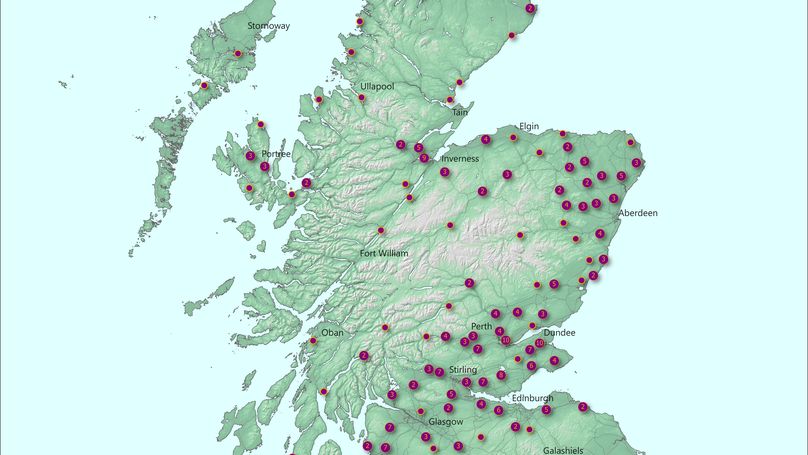When the Scottish Government declared its intention of 100% coverage of the country with superfast broadband, little did it expect a global pandemic to hold up progress.
While the initiative is well supported by many, drilling down to the hard facts of what is being delivered shows the challenges being faced.
Galbraith has been helping framework contractors to deliver third-party consents including obtaining the wayleaves from landowners, tenants’ consent to works, and environmental and planning permissions to allow the electricity connections powering hundreds of broadband cabinets.
We have helped with more than 400 connections since 2018 and given we are nearing the end of a rather stop-start 2020, we can say with conviction – tempered with a little uncertainty – that the R100 programme (Reaching 100%) will be all but completed on target by December 2021.
The Scottish Government estimates that the scheme will help to deliver more than £2.76 billion of value to the economy over 15 years, with every £1 of public funding expected to deliver £12 of benefits.
Meanwhile, our compatriots in England aim to see 15 million premises connected to “full fibre” using what is called an “outside in” approach – start rural and head towards the cities – by 2025.
England is more openly ambitious, with a £5 billion commitment aiming for gigabit-capable speeds (1,000 megabits or technically 1,024MB!) whereas Scottish counterparts have preferred to talk about a planned minimum of 30MB per second. we are helping clients who are operating cross border so this does at least demonstrate a joined-up approach.
Excellent progress has been made across all three regions – north, Central and South Scotland – but many challenges remain.
We have encountered resistance to locating power cables on private property in spite of the prospect of better connectivity for owners and the local area. This can be for several reasons, including someone simply protecting their land from potential disturbance. Owners – and occupiers – must be assured of mutual respect for property and quality reinstatement after an installation. In reality, the mechanics of an exchange location can also mean coverage still doesn’t reach the site concerned.
The initial focus in Scotland was on more concentrated populations and as these networks develop, more remote, harder to reach areas are also being addressed. This is especially so in the case of “easy” targets where several cabinets are clustered. Generally, rural areas are a greater engineering and logistics challenge as the distance from exchanges increases.
More recently, logistical challenges have been exacerbated by political factors, necessitating new hardware supplies that are due for delivery in late 2020.
Next come areas such as the Highlands and Islands and, perhaps surprisingly, several locations in the Central Belt. For the hundreds of sites earmarked in these regions, a recently released batch of cabinets will enable a push for Fibre to the Premises (FTTP). That means some 300 private and 100 public locations will be powered up after wayleave consent is granted.
Work on this ambitious, vital project shows how reliant we have become on good connectivity as we find ourselves isolating either through choice or necessity. I hope this means communities will embrace the need for additional infrastructure on their land. That way, we can communicate, boost e-commerce and generate wealth so that work continues safely whether there is another lockdown or not.
